The Timeless Tradition of Mehndi: An Art of Elegance and Culture
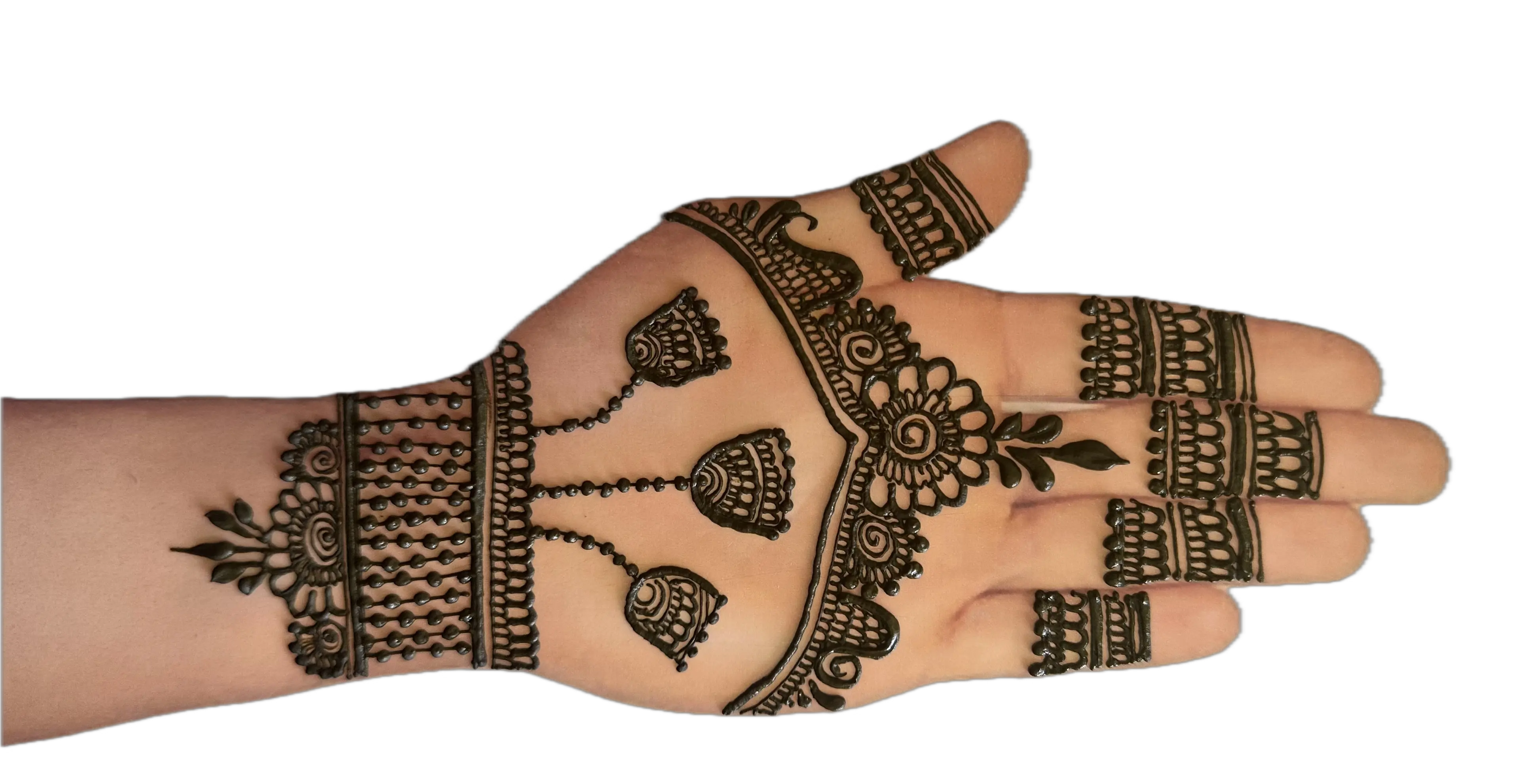
Historical Roots and Cultural Significance
The origins of mehndi can be traced back to ancient civilizations, with evidence of its use in regions like ancient Egypt, where it was employed in rituals and to stain the fingers and toes of pharaohs. Mehndi also found prominence in ancient India, Persia, and parts of Africa, evolving through cultural exchanges and migrations.
In South Asia, particularly in India and Pakistan, mehndi is an integral part of wedding ceremonies, festivals, and various other celebrations. The art form is a symbol of joy, beauty, and cultural identity. During weddings, brides often have elaborate mehndi designs applied to their hands and feet, signifying the beauty and auspiciousness of the occasion. The tradition is also prevalent in Middle Eastern countries and parts of North Africa, where it serves as a symbol of joy and happiness.
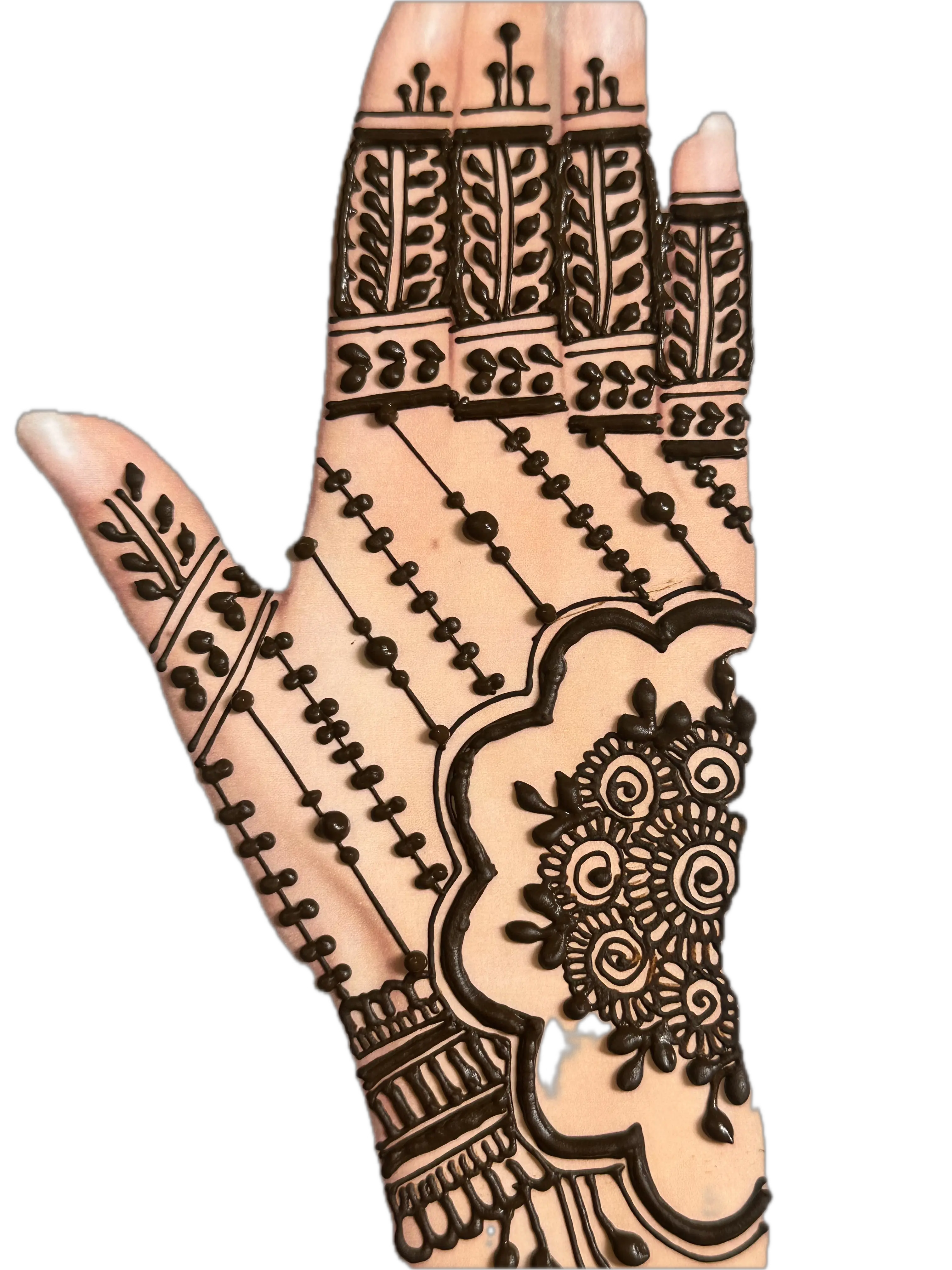
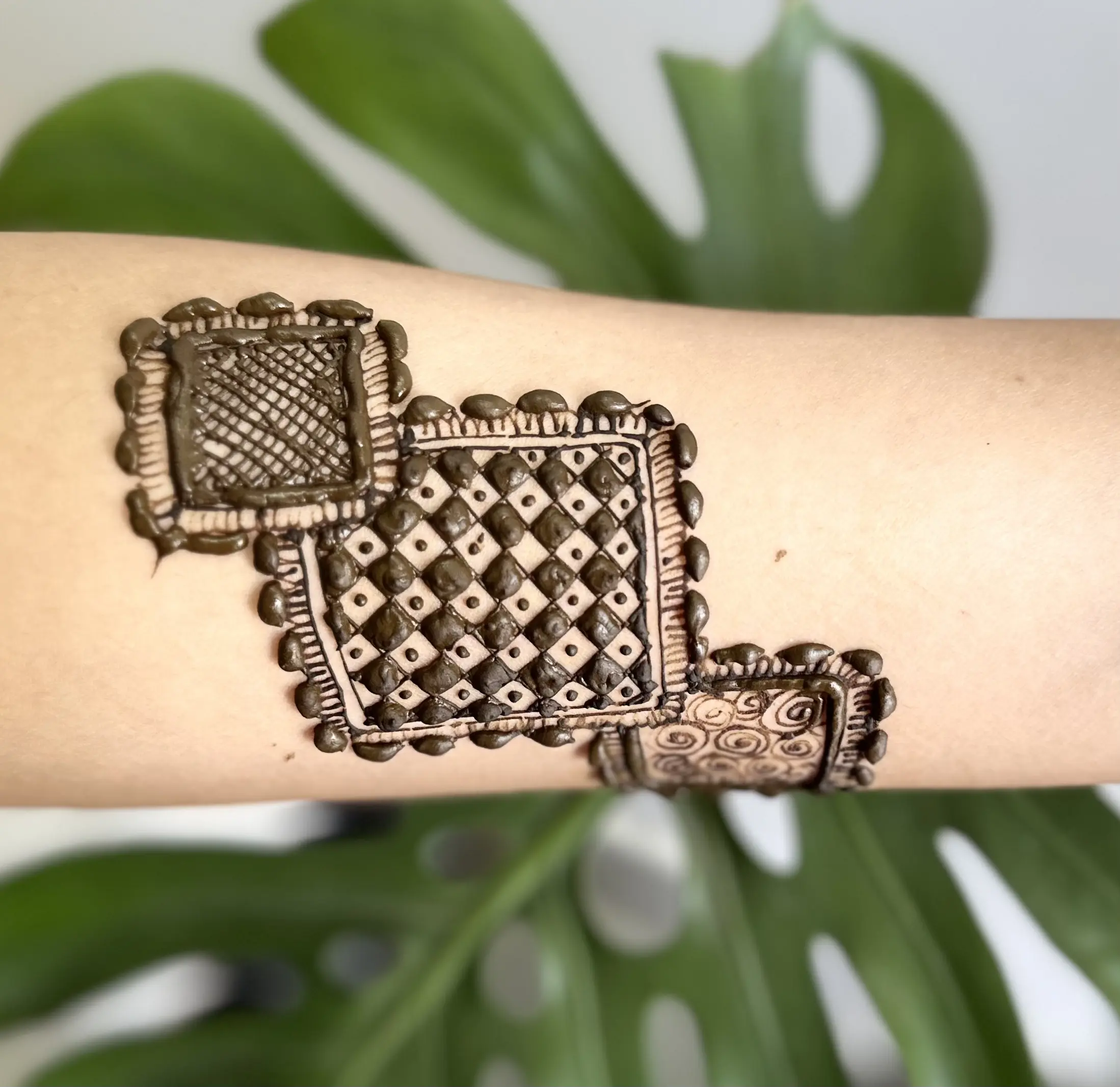
The Mehndi Ceremony
In Indian and Pakistani weddings, the mehndi ceremony is one of the most significant pre-wedding events. This ceremony is a vibrant and joyous occasion where the bride, accompanied by her family and friends, gets intricate mehndi designs applied to her hands and feet. It is believed that the darker the mehndi stain, the stronger the bond between the bride and groom.
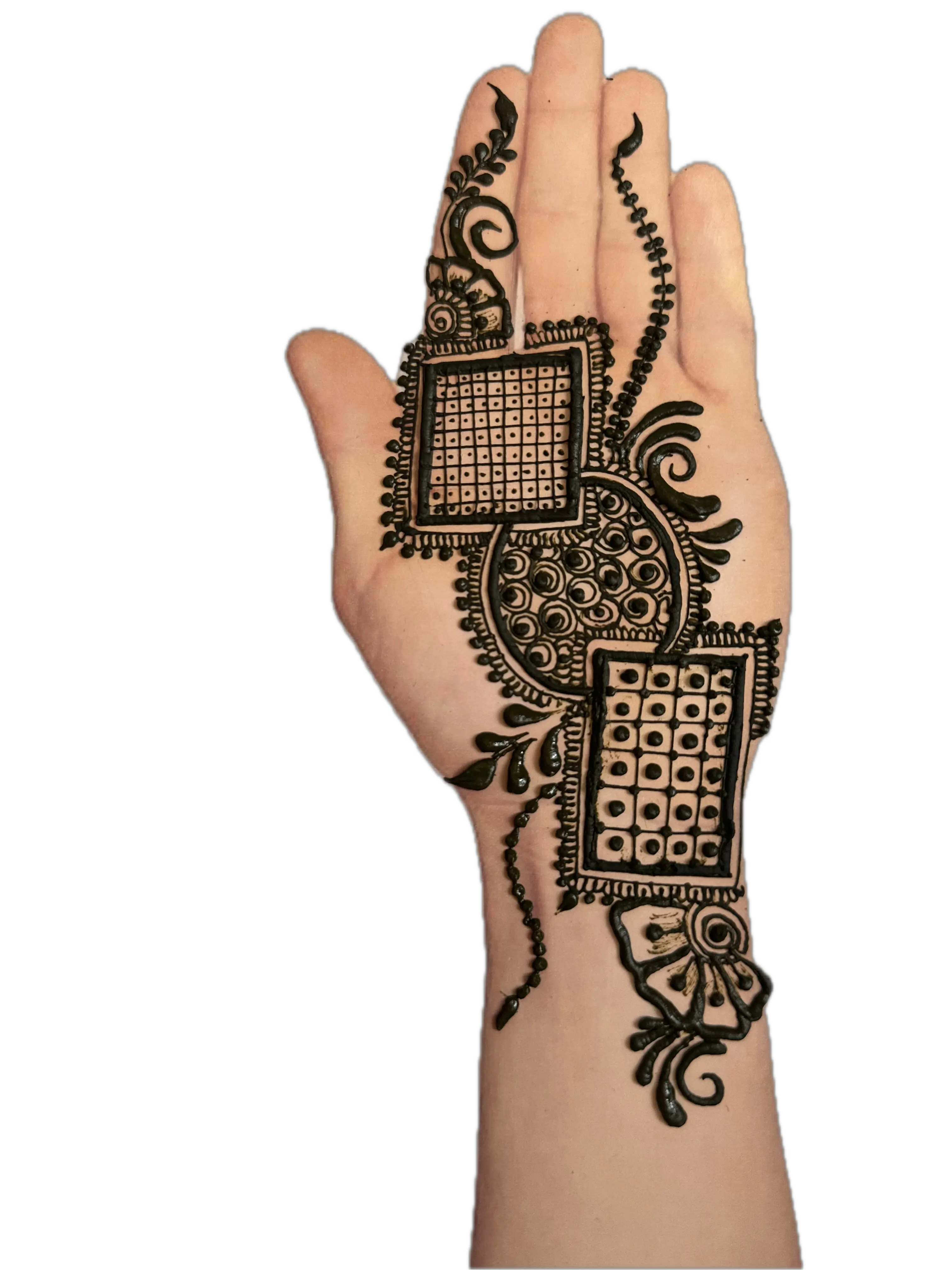
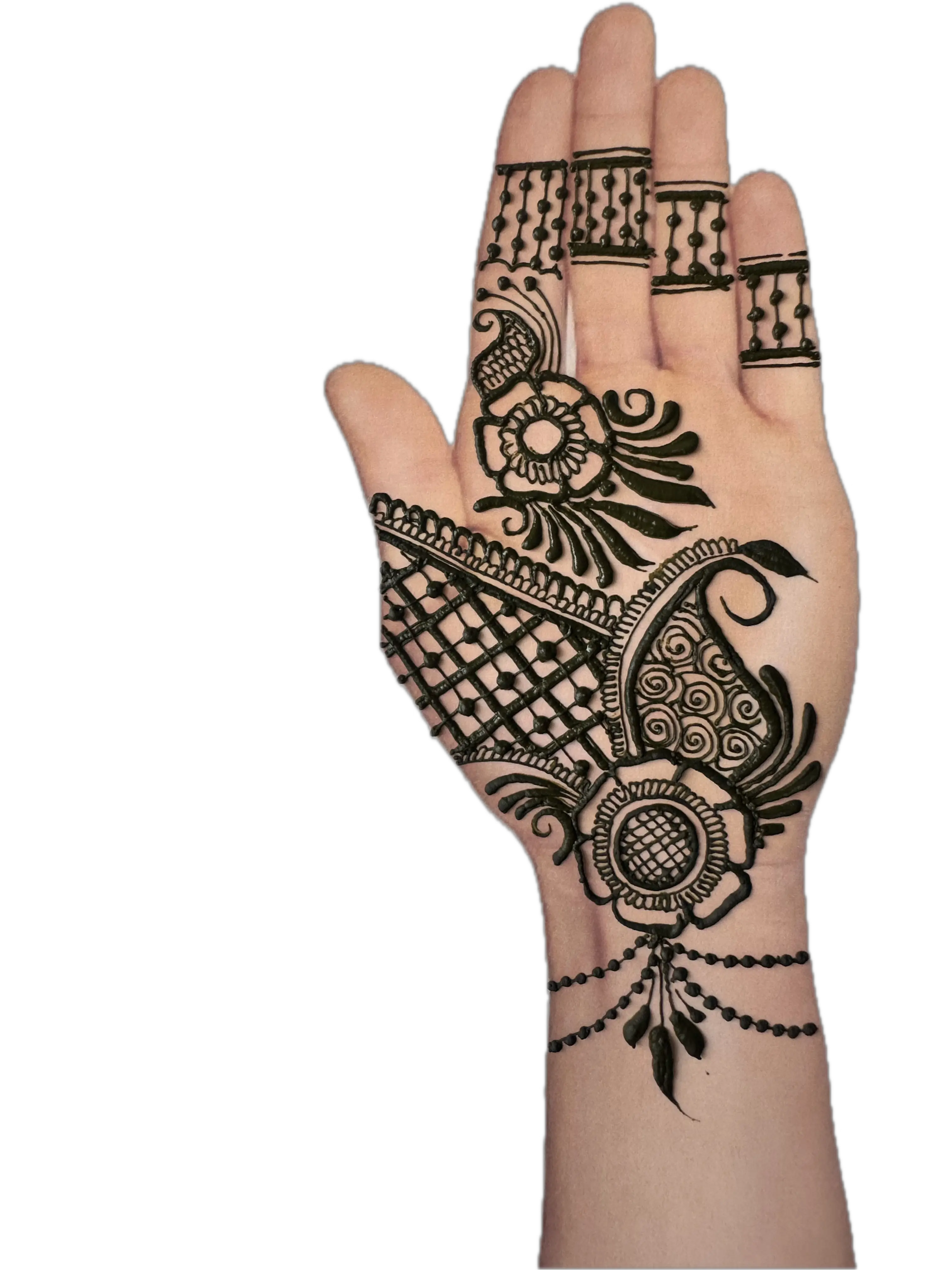
The mehndi ceremony is more than just an application of henna; it is a celebration filled with music, dance, and festivity. Traditional songs and dances set the stage for an evening of merriment, where guests often participate in the application of mehndi and share in the cultural heritage.
The Art and Techniques of Mehndi
Mehndi designs can range from simple patterns to incredibly detailed works of art. The process begins with the preparation of henna paste, made by drying and grinding the leaves of the henna plant and mixing the powder with water, lemon juice, and essential oils. This paste is then applied to the skin using a cone or a brush.
The designs are varied and culturally rich. Indian mehndi designs are known for their intricate and elaborate patterns, featuring paisleys, floral motifs, and peacocks. Arabic mehndi designs, on the other hand, are characterized by their bold and flowing lines, often depicting vines and flowers. African mehndi designs tend to be more geometric, with linear patterns that create striking visual effects.
The application of mehndi is an art that requires skill and precision. Artists must have a steady hand and an eye for detail to create the complex patterns that are traditionally associated with mehndi. The process can take several hours, especially for bridal mehndi, which is typically the most detailed and extensive.
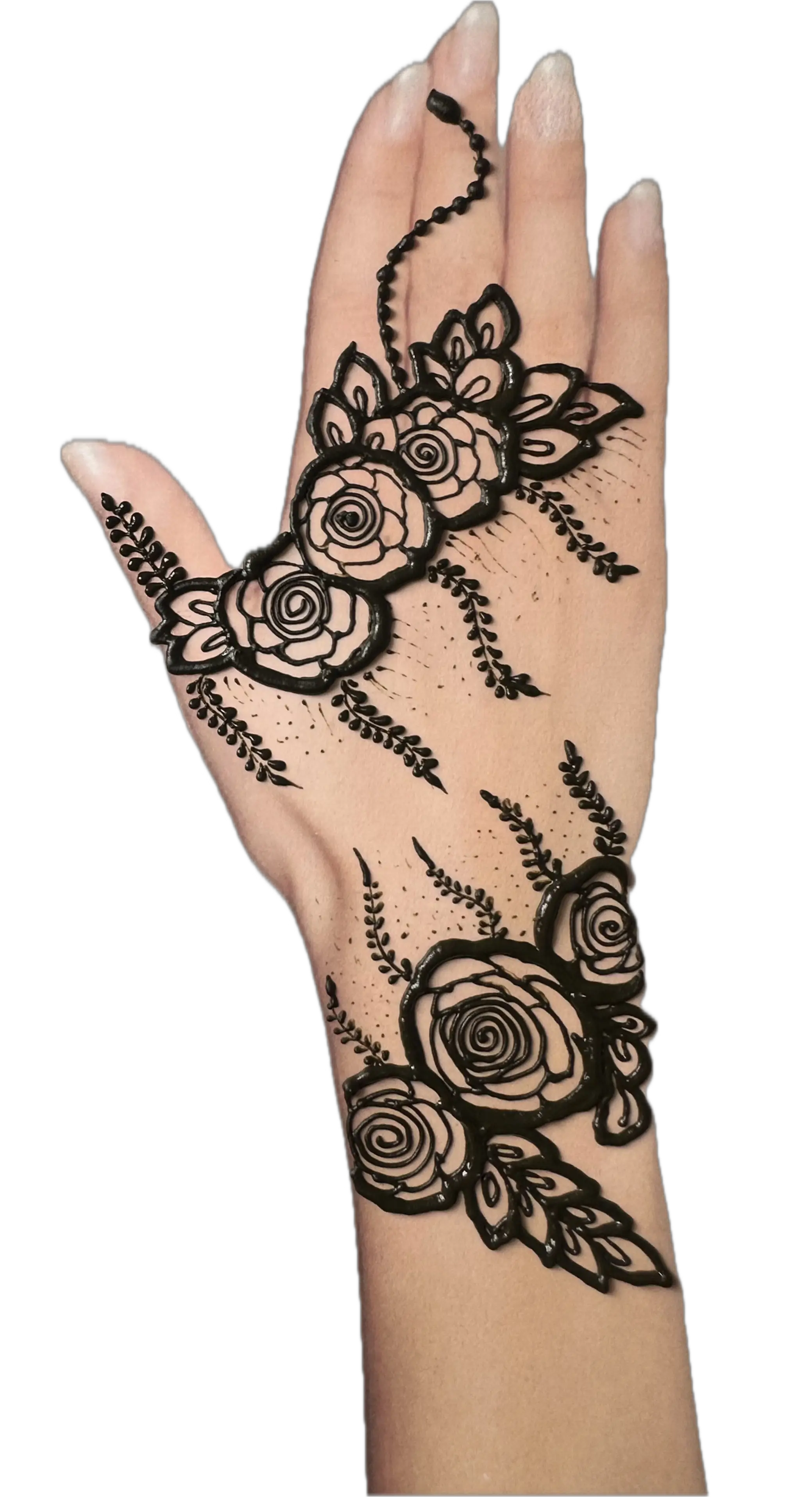
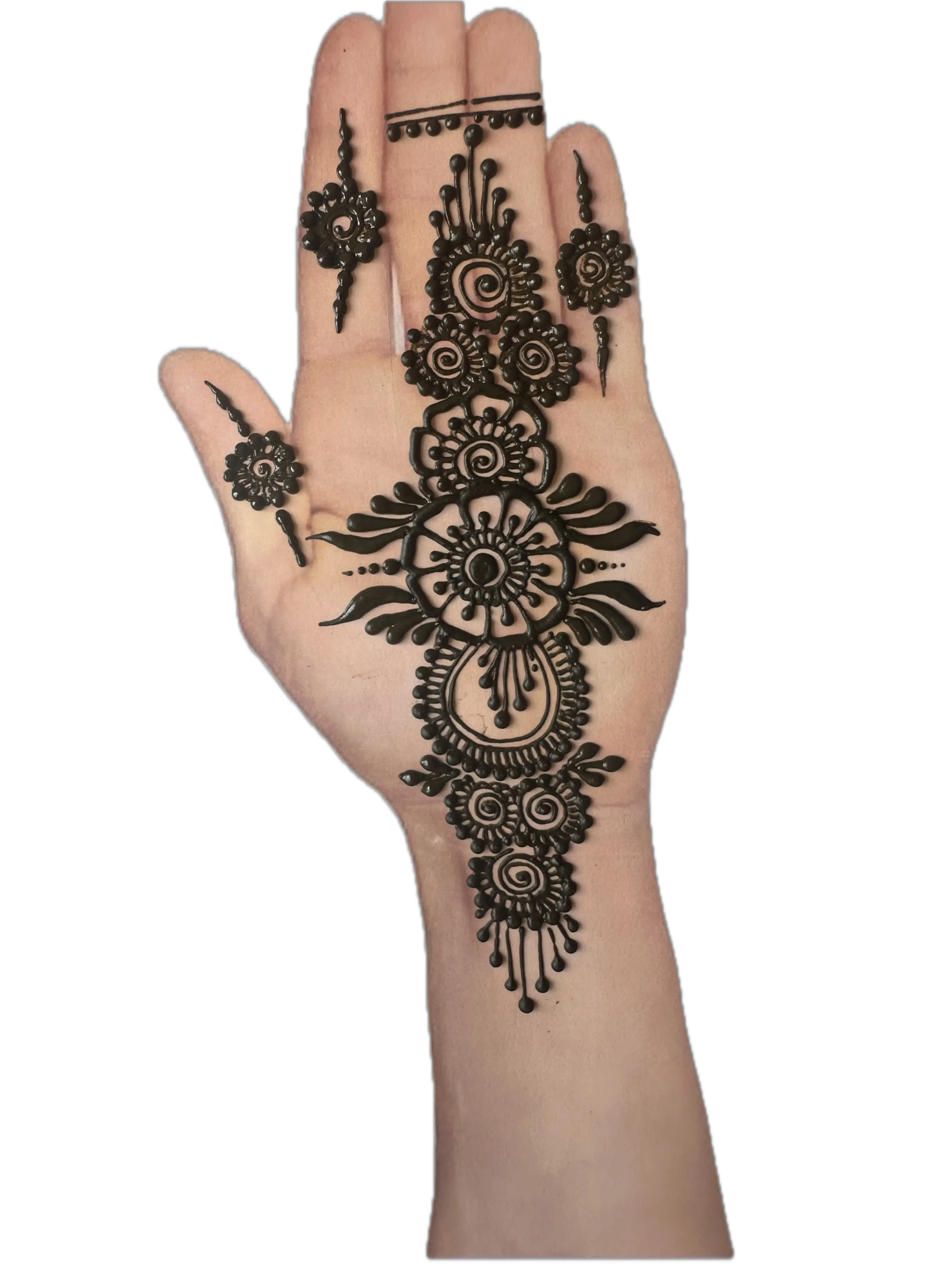
Symbolism and Beliefs
Mehndi is imbued with deep symbolism. In many cultures, it is believed to bring good luck and ward off evil. The application of mehndi is seen as a way to protect and bless the wearer. In weddings, the intricate designs are thought to symbolize the deep bond between the couple, with the belief that the darker the mehndi stain, the stronger the love and affection.
Moreover, mehndi has cooling properties, which is particularly beneficial in the hot climates where it is traditionally used. This cooling effect is not just physical but also symbolic of soothing and calming the mind and spirit.
Mehndi in Modern Times
Today, mehndi has transcended cultural and geographical boundaries. It has become a popular form of temporary body art around the world, embraced by people of various cultures and backgrounds. Mehndi is now a common sight at music festivals, fashion shows, and even as a form of personal expression.
In the fashion industry, mehndi designs have inspired numerous trends, from mehndi-inspired tattoos to patterns on clothing and accessories. The intricate designs and the rich cultural heritage behind mehndi make it a source of inspiration for artists and designers globally.
Social media platforms like Instagram and Pinterest have further popularized mehndi, with artists showcasing their work to a global audience. Tutorials and videos have made it accessible to those who wish to learn the art, ensuring that the tradition continues to evolve and thrive in the digital age.
Conclusion
Mehndi is more than just a form of body art; it is a cultural tradition steeped in history and symbolism. From its ancient roots to its modern-day resurgence, mehndi continues to captivate and inspire. It represents a beautiful blend of artistry and cultural heritage, a timeless tradition that celebrates beauty, joy, and the human spirit.
Whether it's the detailed bridal mehndi designs of South Asia, the bold patterns of Arabic mehndi, or the geometric designs of African mehndi, this ancient art form continues to be a testament to the rich cultural tapestry of the world. As it evolves and adapts to modern times, mehndi remains a powerful expression of identity, celebration, and artistry.
